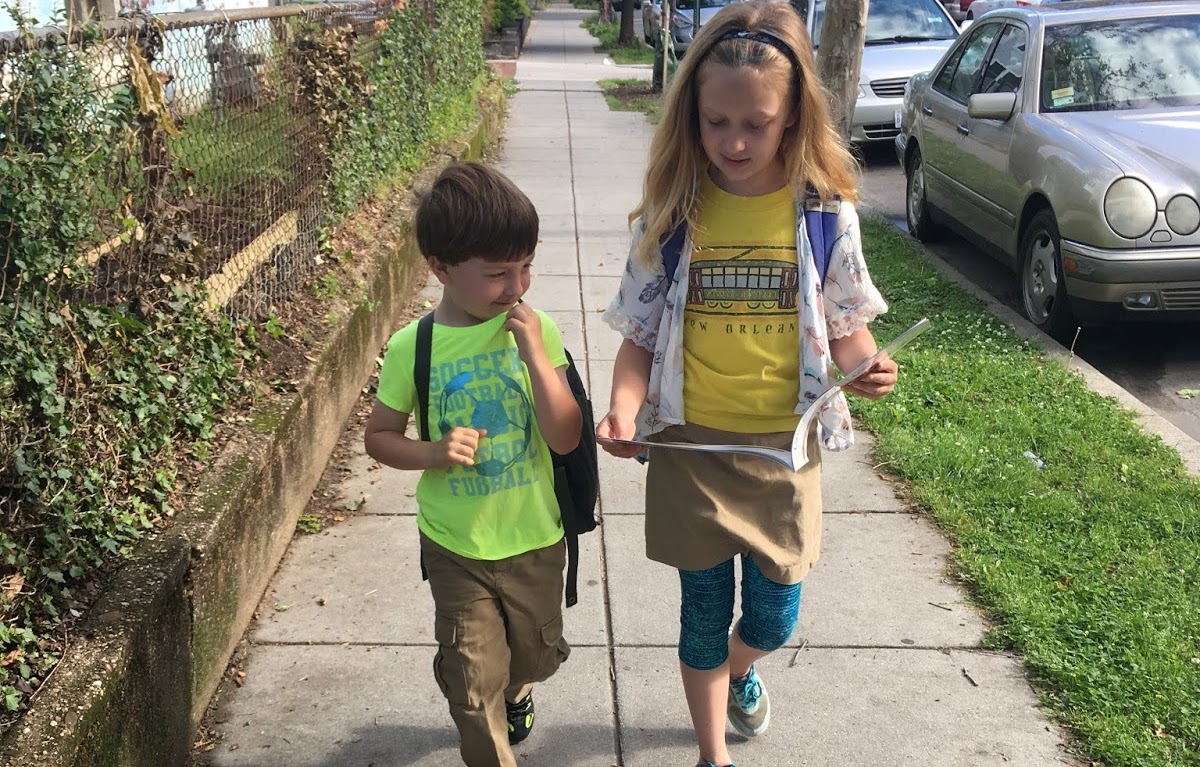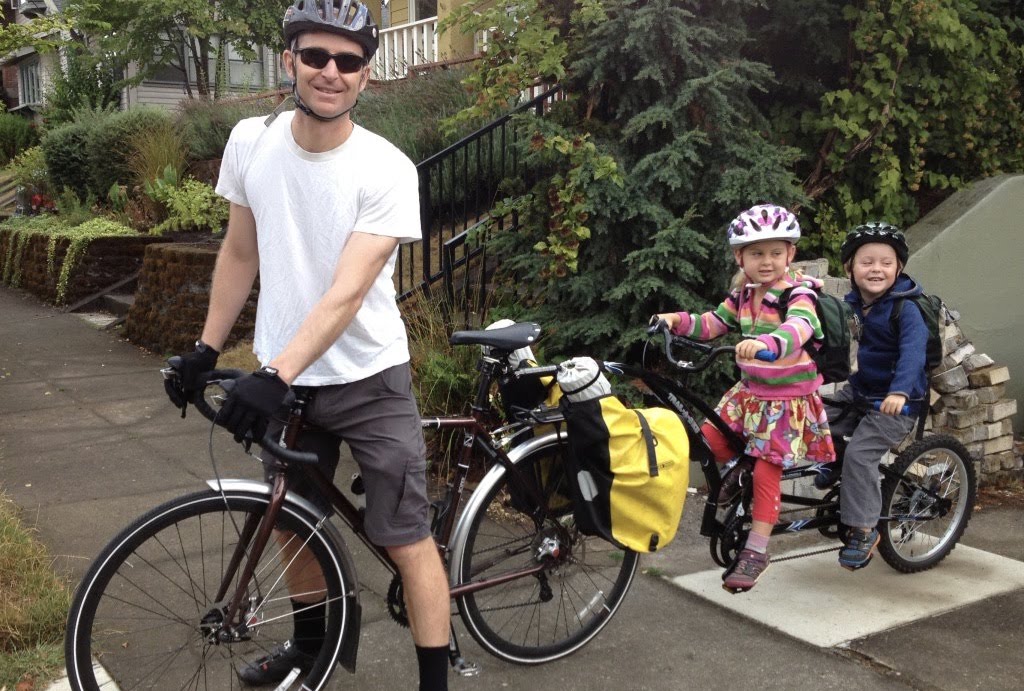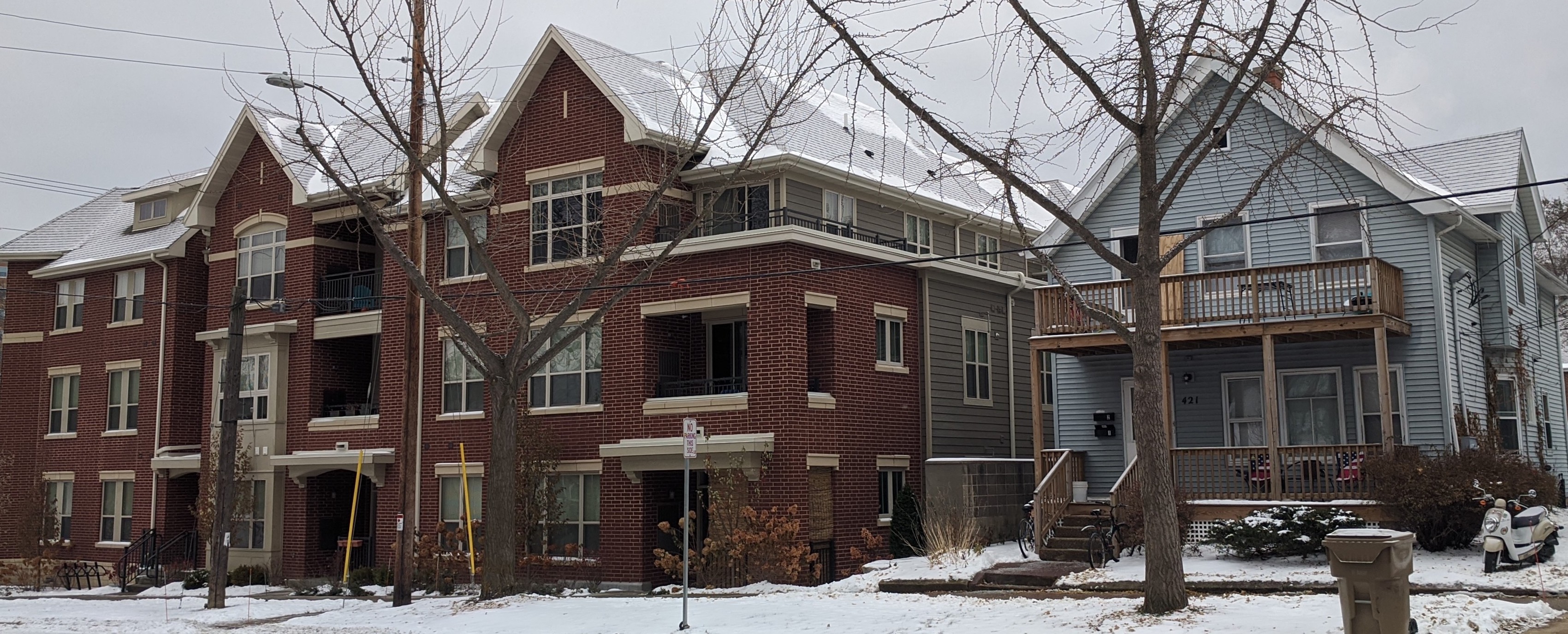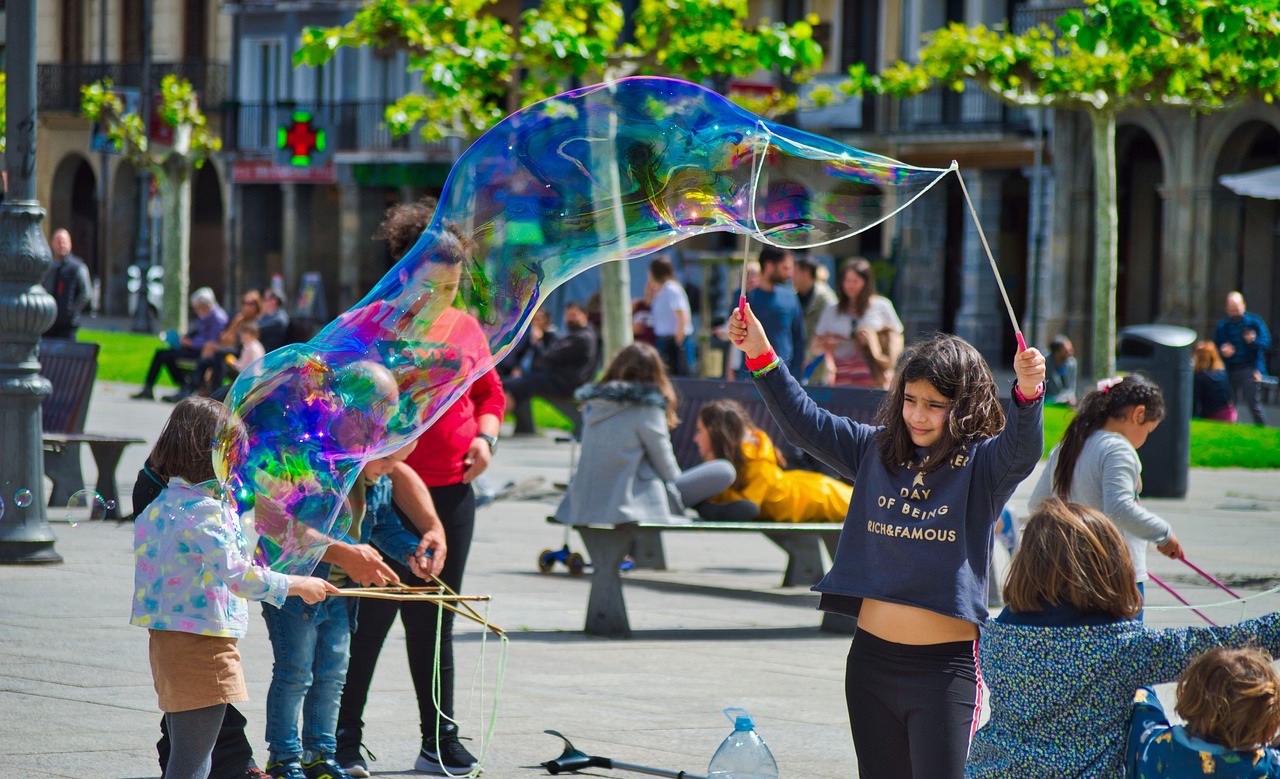Why we stayed in the city
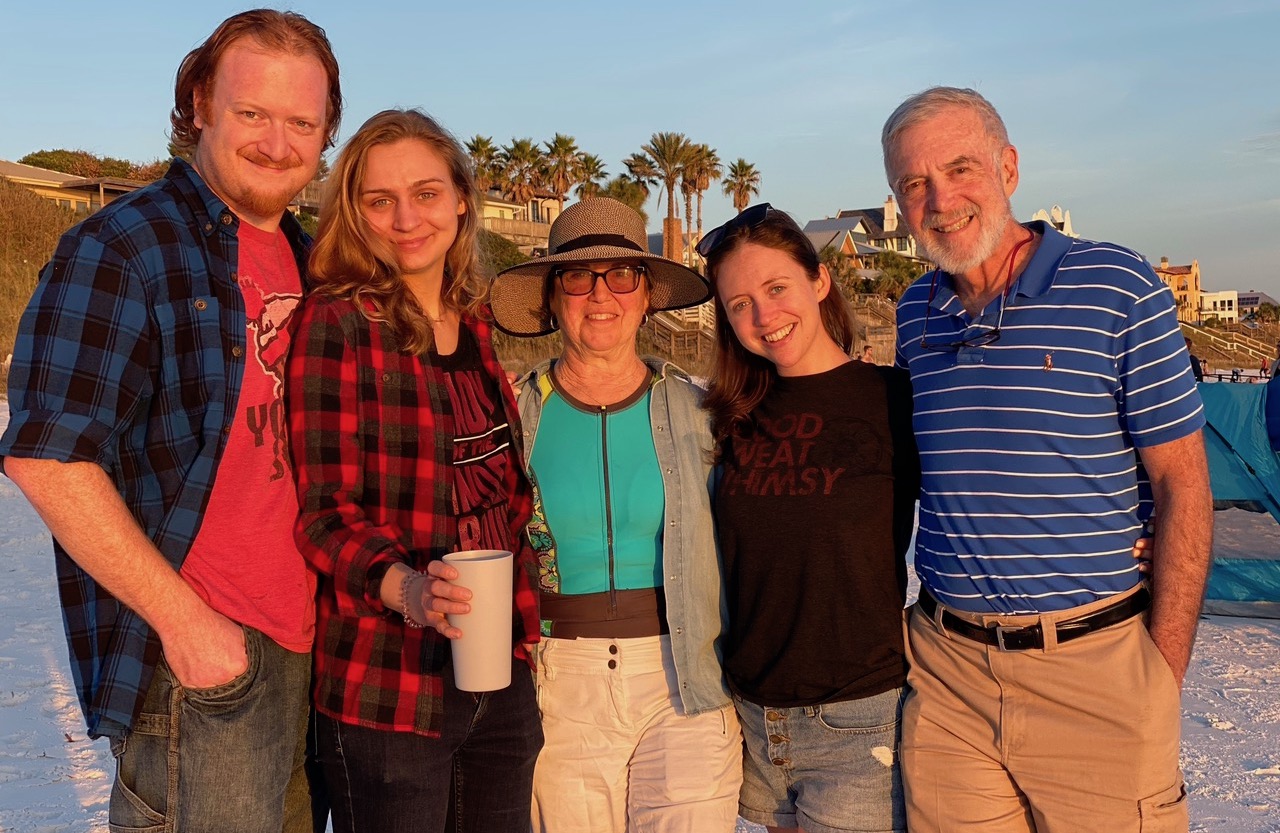
Raising children in the city could be considered somewhat novel in a country where the conventional wisdom dictates a move to the suburbs as a family grows. But one family in Washington, DC is glad they stayed in the city, which they believe offers benefits that suburbs often can’t replicate. The challenge is to ensure that more families can reap the same benefits from living and growing in a city.
